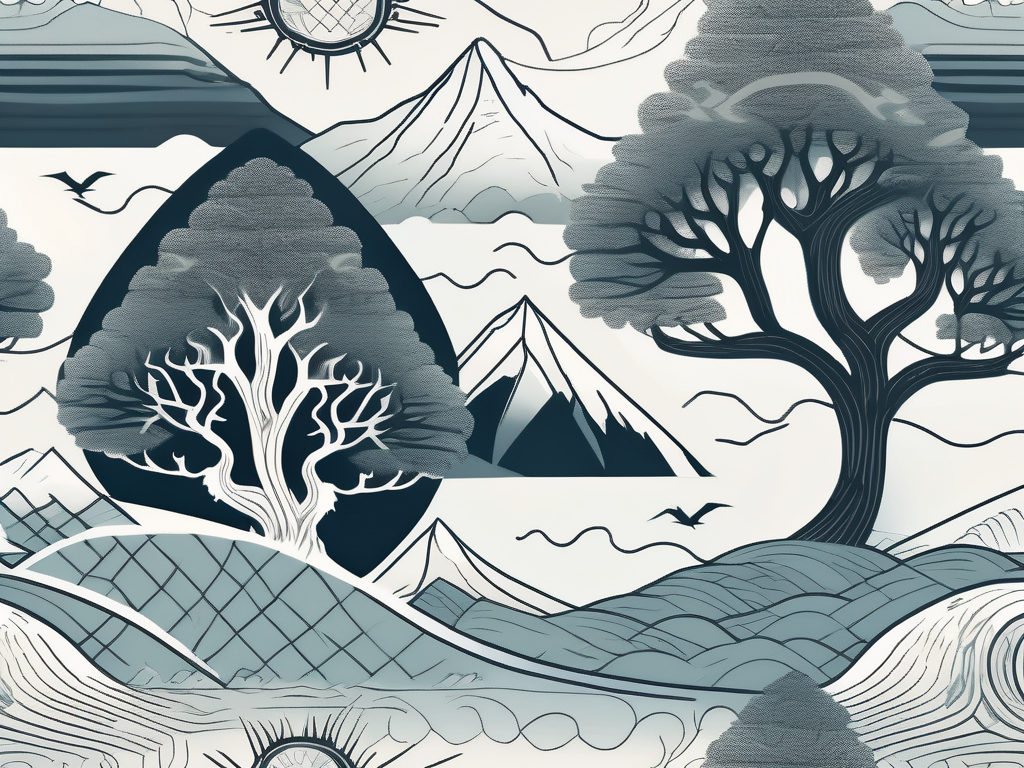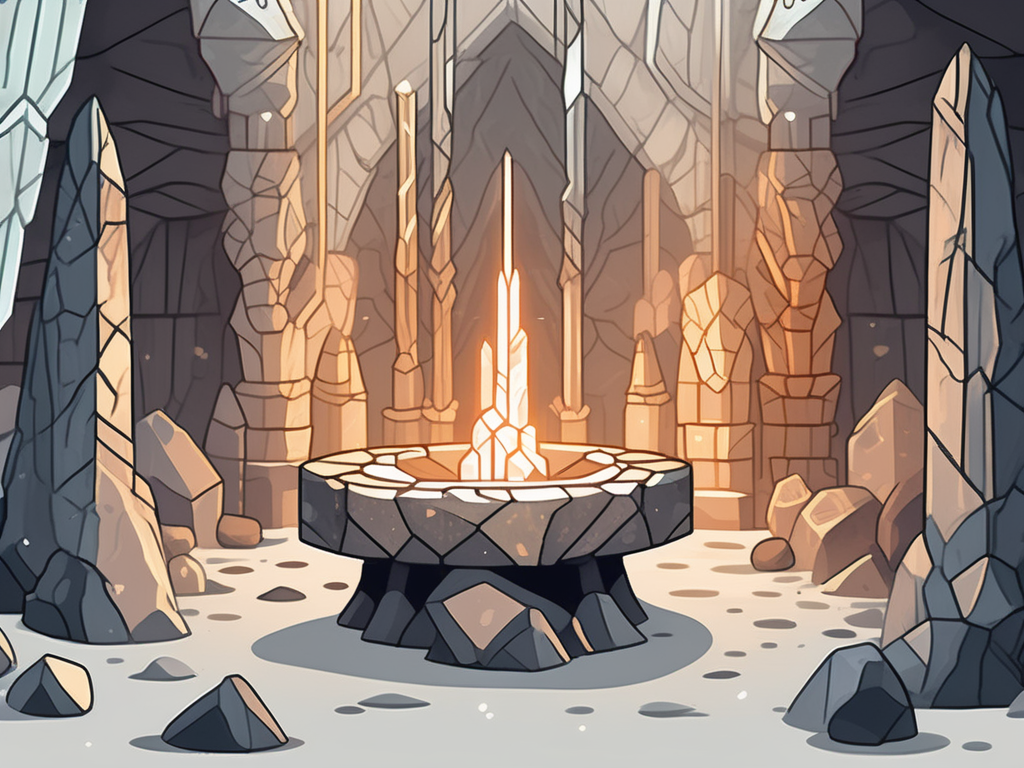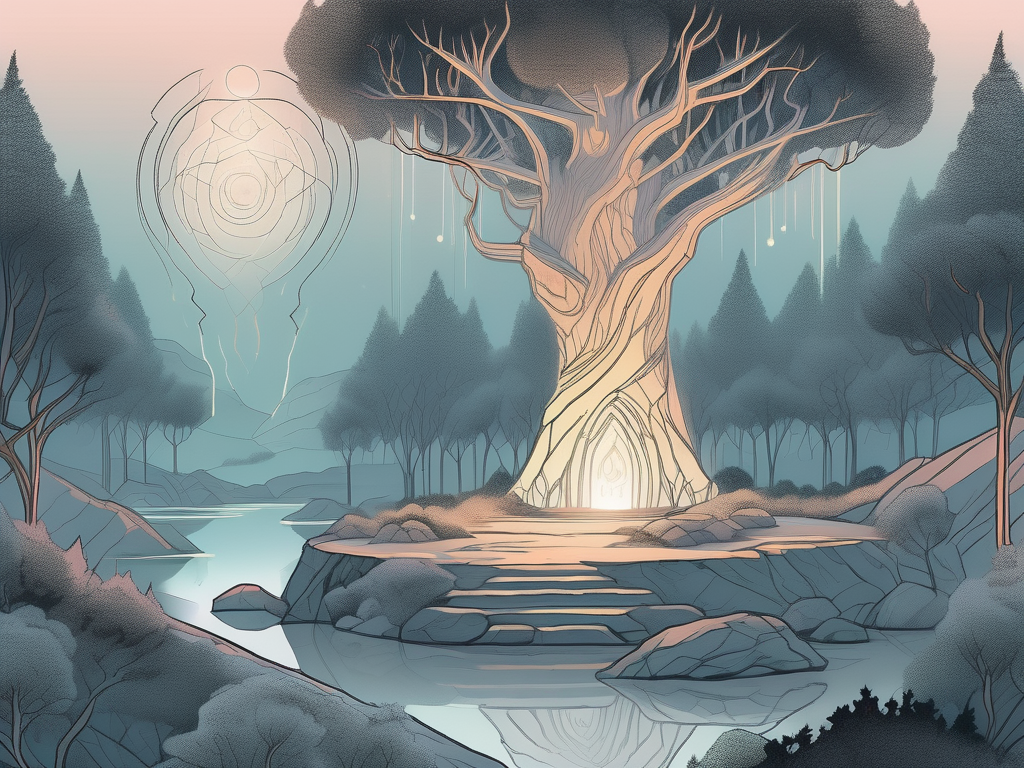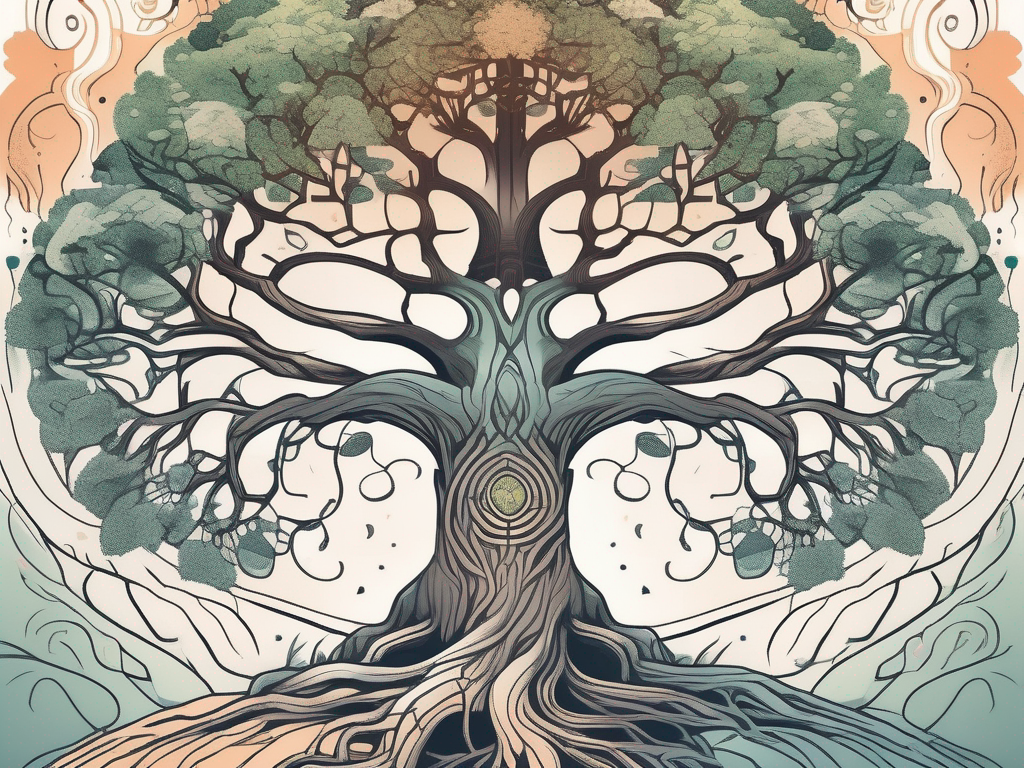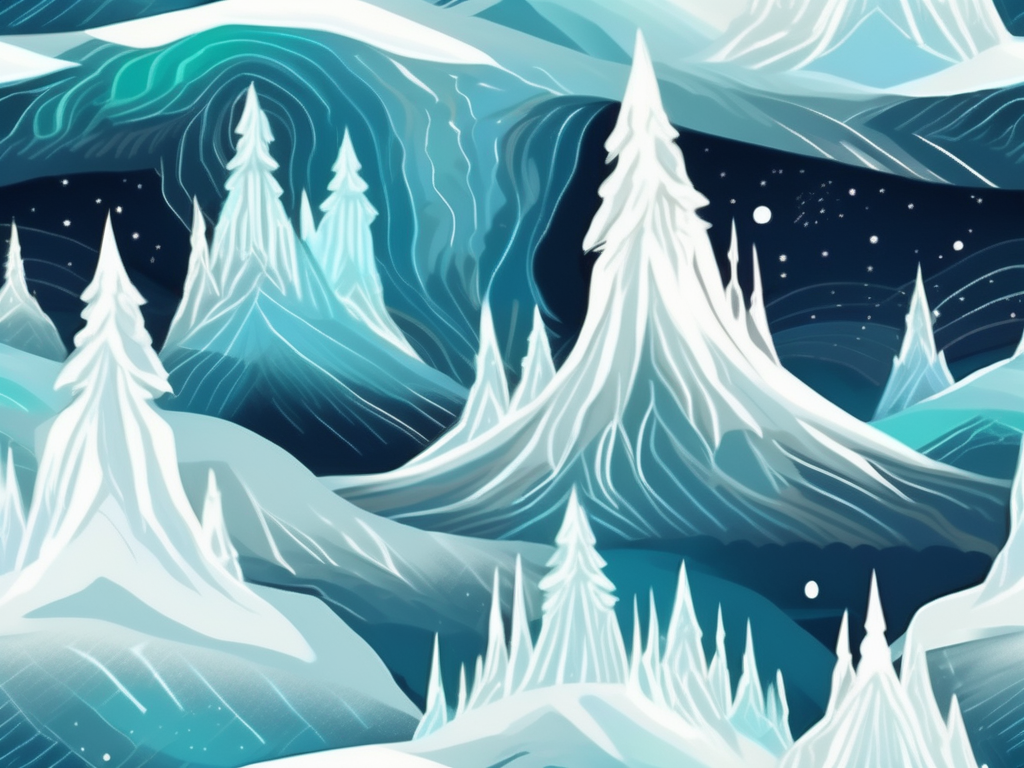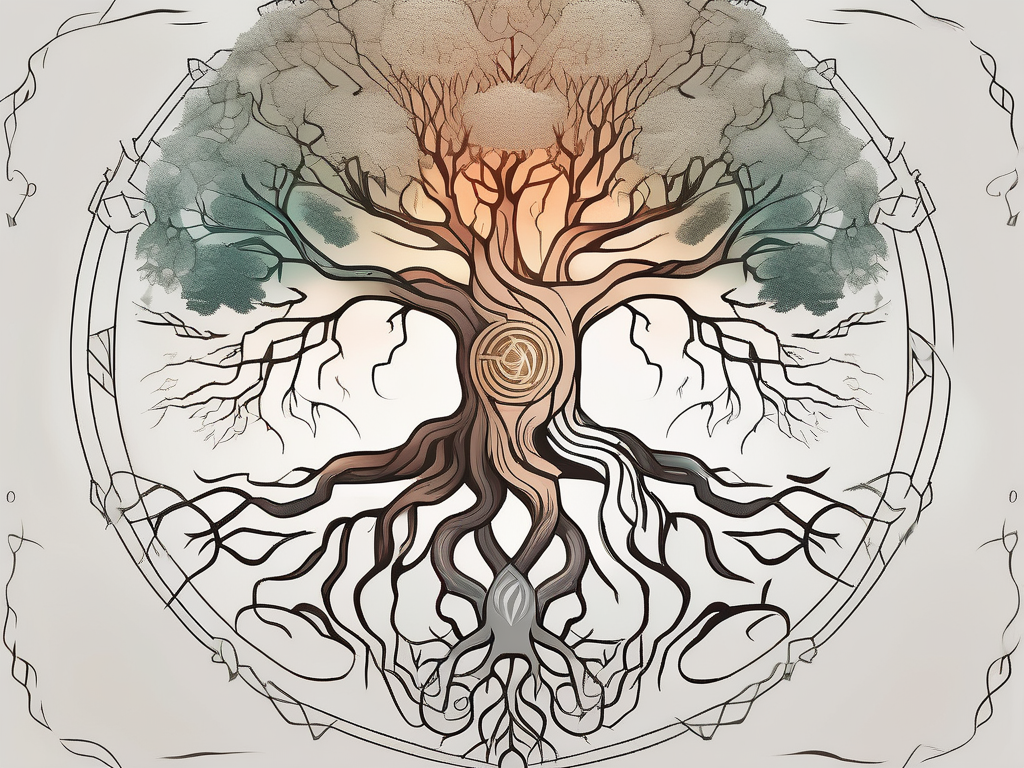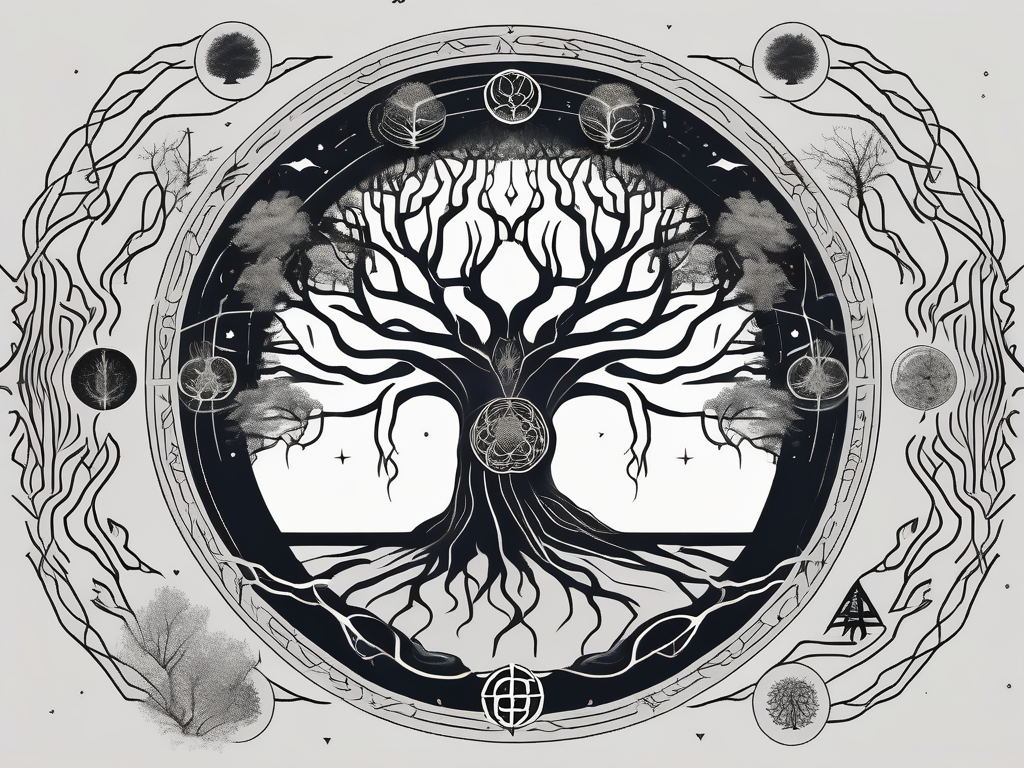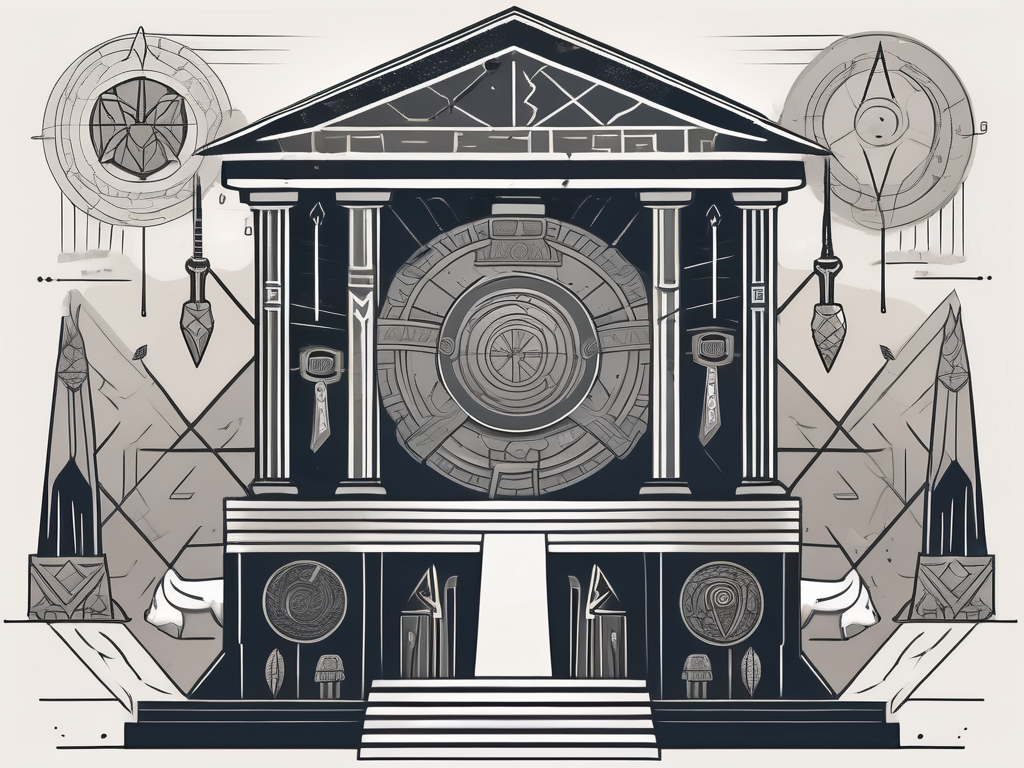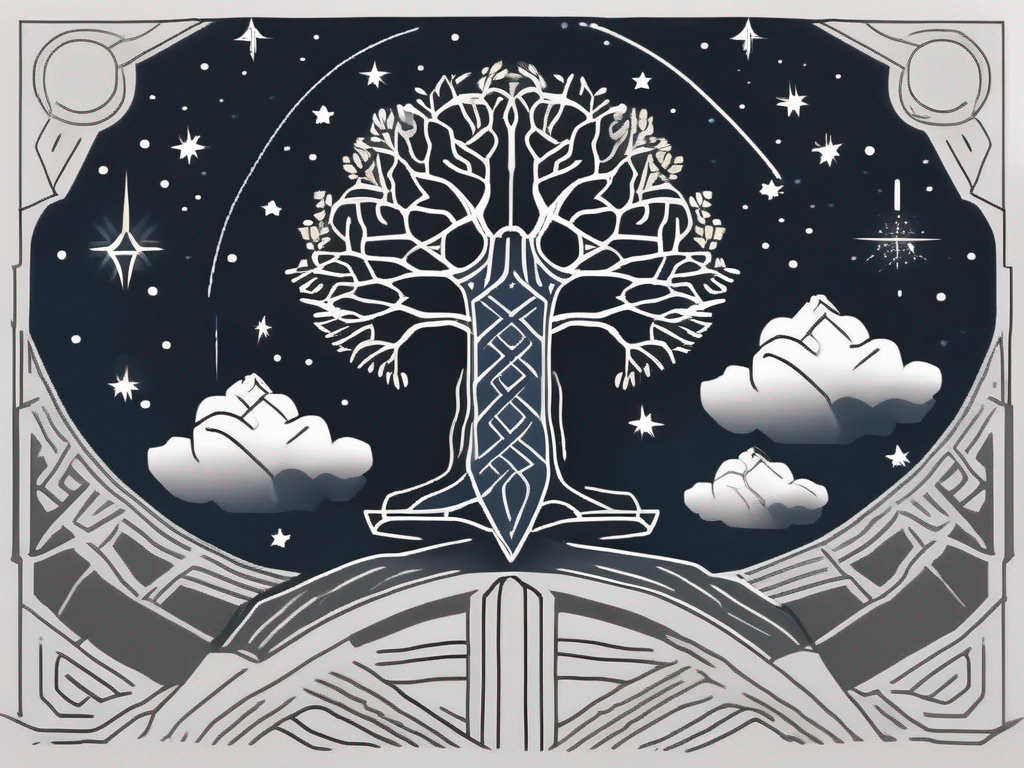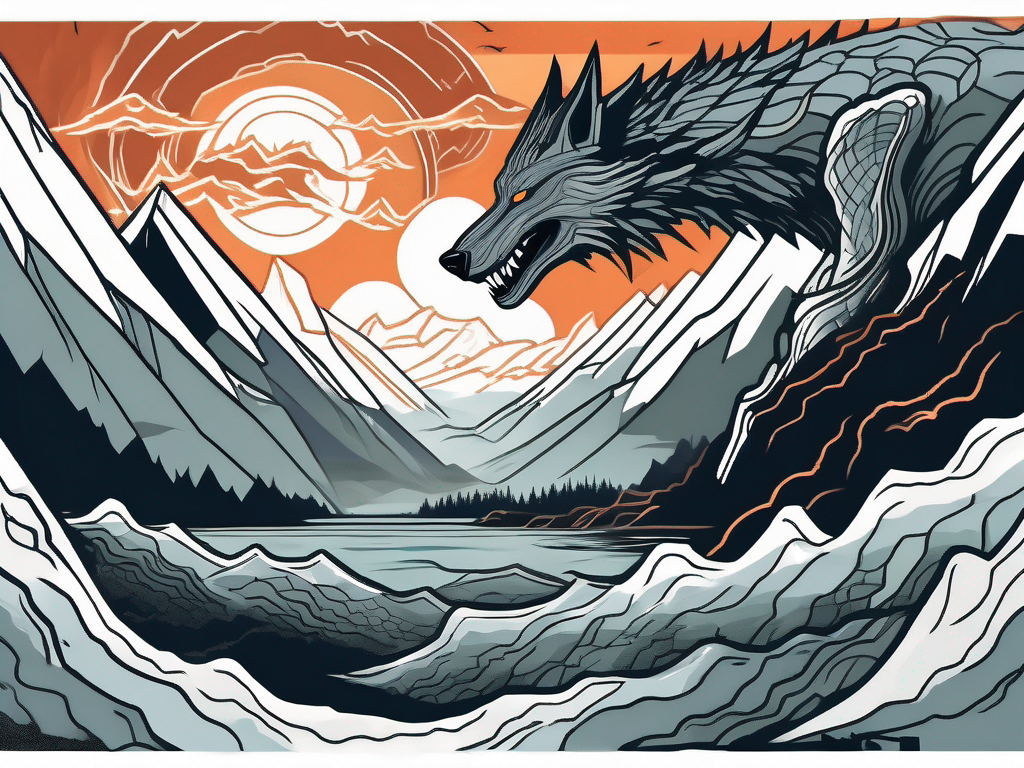Norse mythology is a captivating and intricate belief system, brimming with fascinating stories and characters. One of its most intriguing aspects lies in the diverse races that populate this mythological world. From powerful gods to mischievous elves, and from mighty giants to skilled dwarves, each race has its own unique attributes and contributions to the Norse cosmology. In this article, we will delve deep into the captivating races of Norse mythology, exploring their origins, roles, and captivating tales.
Understanding Norse Mythology
Before diving into the races, it is crucial to have a grasp of the foundations of Norse mythology. Originating from the ancient Germanic tribes, this rich folklore revolves around the adventures and exploits of the Norse gods, their interactions with other beings, and the impending final battle, Ragnarok, which will ultimately bring about the end of the world.
With the groundwork laid, let us embark on a mythological journey and explore the remarkable races inhabiting this captivating realm.
The Origins of Norse Mythology
The origins of Norse mythology are shrouded in mystery. Some believe that it stems from the ancient Indo-European beliefs, while others attribute its creation to the indigenous Germanic tribes. Regardless of its exact beginnings, Norse mythology emerged and developed in the context of a society heavily influenced by nature and the harsh Scandinavian environment.
A stark reflection of the Norse people’s lives, the mythologies revolve around concepts such as honor, bravery, fate, and the cyclical nature of life and death. It is from this context that the races of Norse mythology sprang forth, each representing distinct aspects of the Norse worldview.
One fascinating aspect of Norse mythology is its close connection to the natural world. The Norse people, living in a land of rugged landscapes, deep forests, and mighty rivers, found inspiration in the forces of nature. The gods and creatures of Norse mythology often embody natural elements, such as thunder, lightning, wind, and fire. This deep connection to nature gives the mythological realm a sense of authenticity and relevance to the lives of the Norse people.
Another intriguing aspect of Norse mythology is its emphasis on honor and bravery. The Norse people valued courage and heroism, and these values are reflected in the tales of their gods and heroes. The gods themselves are not infallible beings, but rather complex characters with flaws and virtues. They face challenges and make sacrifices, demonstrating the importance of honor and the pursuit of greatness.
Key Themes in Norse Mythology
As we delve deeper, it becomes clear that certain themes run throughout Norse mythology, capturing the essence of the races and their interactions. Themes of honor, destiny, rivalry, and inevitable doom are prominent, weaving a complex tapestry of tales and legends that continue to captivate audiences to this day.
One of the key themes in Norse mythology is the concept of destiny. The Norse people believed that fate was predetermined and that every individual had a role to play in the grand scheme of things. This belief is reflected in the stories of the gods and their interactions with mortals. Whether it is the tragic fate of Baldr, the god of light, or the heroic destiny of Odin, the Allfather, the concept of destiny permeates every aspect of Norse mythology.
Rivalry is another recurring theme in Norse mythology. The gods themselves are not always harmonious, often engaging in fierce rivalries and conflicts. These rivalries are not mere squabbles, but epic battles of power and influence. The most famous of these rivalries is the ongoing feud between the gods and the giants, a conflict that shapes the fate of the mythological realm.
Finally, the theme of inevitable doom looms large in Norse mythology. The Norse people believed in the cyclical nature of life and death, and this belief is reflected in the concept of Ragnarok, the final battle that will bring about the end of the world. Ragnarok is a cataclysmic event where gods, giants, and other creatures clash in an apocalyptic struggle. Despite the bleakness of this prophecy, it serves as a reminder of the impermanence of all things and the need to live life to the fullest.
These themes will serve as the foundation for our exploration of the diverse races inhabiting the mythological realm.
The Aesir: Gods of the Norse Pantheon
At the pinnacle of the Norse mythological hierarchy stand the Aesir, the primary gods in the Norse pantheon. Known for their roles as guardians and rulers of the world, the Aesir represent power, wisdom, and leadership.
The Role of the Aesir
The Aesir gods are responsible for maintaining order in the cosmos, protecting humanity, and preserving the delicate balance of the nine realms. They oversee various aspects of life, including war, fertility, agriculture, and craftsmanship. Their influence is pervasive throughout Norse mythology and shapes many of the tales and legends.
Notable Aesir Deities
Among the notable Aesir deities, the powerful and wise Odin, ruler of Asgard, commands attention. Known as the Allfather, Odin is associated with wisdom, poetry, and war. Thor, the god of thunder and agriculture, with his mighty hammer Mjolnir, is also a prominent figure in Norse mythology, revered as the protector of both gods and humans.
Phenomenal and enigmatic in their own right, the other Aesir deities, such as Frigg, Baldr, Tyr, and Heimdallr, add depth and complexity to the divine pantheon, making it a tapestry of fascinating characters, each with their roles to play.
The Vanir: The Other Divine Clan
Alongside the Aesir, another divine clan resides in the world of Norse mythology – the Vanir. While their roles and characteristics overlap with the Aesir, the Vanir bring their unique qualities to the weaving tapestry of this mythological universe.
The Vanir’s Influence on Fertility and Prosperity
The Vanir, associated with fertility, prosperity, and abundance, symbolize the gentle and bountiful aspects of nature. Their presence ensures the flourishing of crops, animal husbandry, and the overall well-being of humans and other beings in the Norse mythological realms.
Freya, the goddess of love, beauty, and fertility, is a prominent member of the Vanir. Her allure captivates gods and men alike, and Norse mythology abounds with tales of her passionate nature and far-reaching influence.
While often depicted as separate from the Aesir, the Vanir and the Aesir are known to interact, though not always amicably.
The Aesir-Vanir War
The Aesir and the Vanir have a complex relationship, one that has seen periods of cooperation, as well as open conflict. The Aesir-Vanir war, an age-old conflict, ultimately resolved with a truce and the merging of the two divine clans. This amalgamation highlights the cyclical nature of life in Norse mythology, where even divine beings must reconcile and adapt to changing circumstances.
The Jotnar: Giants of Chaos and Destruction
Amidst the gods and the divine clans, another intriguing race looms large and enigmatic – the Jotnar. Giants embodying primeval forces, chaos, and destruction, the Jotnar impose a sense of unpredictability on the mythological world.
The Jotnar’s Relationship with the Aesir
The relationship between the Jotnar and the Aesir is marked by conflicting agendas and tense dynamics. Often depicted as antagonistic forces, the Aesir and the Jotnar engage in a perpetual struggle, testing the boundaries between order and chaos.
The Jotnar’s Role in Ragnarok
Ragnarok, the cataclysmic final battle, serves as the ultimate stage for the Jotnar. They play a significant role in propelling the events leading to the end of the world, where fire and chaos engulf the realms. The Jotnar’s destructive power and role in Ragnarok mark them as formidable and captivating adversaries in Norse mythology.
The Elves and Dwarves: Hidden Races of Norse Mythology
While the gods and giants take center stage, Norse mythology also bestows significance upon the hidden races of elves and dwarves, each with their own remarkable characteristics and contributions to the Norse cosmos.
The Elves: Light and Dark
The elves, often associated with natural beauty and magic, are divided into two distinct factions: light elves and dark elves. The light elves are ethereal beings connected to the light and associated with the realm of Alfheim. They embody grace and wisdom, often intervening in the lives of mortals in benevolent ways.
On the other hand, the dark elves, dwelling beneath the earth, have a more mysterious and enigmatic nature. These underground dwellers, also known as dwarves, possess great craftsmanship and skill, forging magnificent weapons and extraordinary artifacts.
The Dwarves: Master Craftsmen
The dwarves, master craftsmen renowned for their superior skills, create objects of immense beauty and power. Endowed with exceptional craftsmanship, they fashion powerful weapons, magnificent jewelry, and other treasures, coveted by gods and mortals alike.
It is the dwarves who created Mjolnir, Thor’s mighty hammer, and the magical ring Draupnir, among countless other items of myth and legend. Their contributions are woven throughout Norse mythology, enriching the tales with their magnificent creations and shaping the destinies of gods and mortals.
Experience the Richness of Norse Mythology
As we conclude our exploration of the captivating races of Norse mythology, we are left in awe of the intricate web of characters and stories that have enthralled generations. The diverse races, with their distinct attributes and roles, bring depth and complexity to this ancient belief system, allowing us to embark on mythological journeys of wonder and discovery.
Whether it is the gods’ powerful presence, the giants’ imposing nature, or the hidden marvels of elves and dwarves, Norse mythology offers a rich tapestry of captivating beings that continue to enthrall and inspire us to this day.
So, step into this mesmerizing realm and immerse yourself in the enchanting world of Norse mythology. Discover the tales of gods and giants, and the hidden wonders of elves and dwarves, as you unlock the secrets and unravel the mysteries of this ancient belief system.
